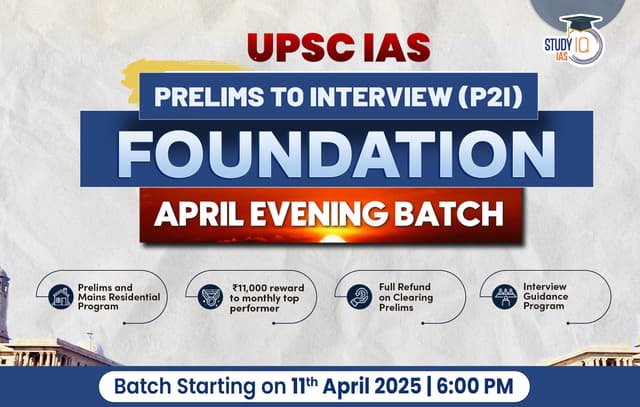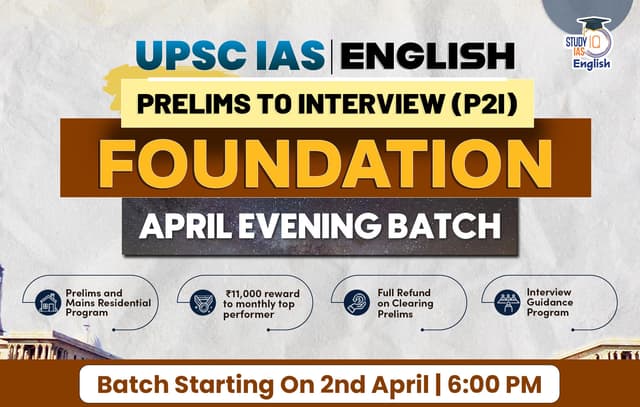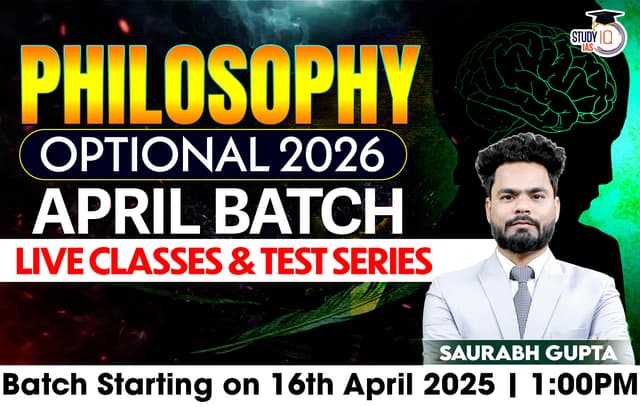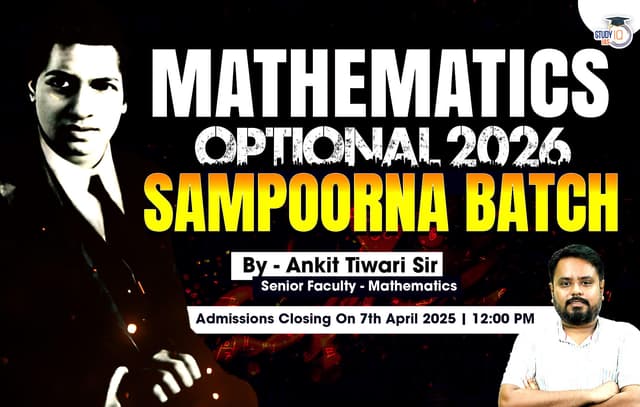Table of Contents
The Court urged the Parliament to declare a child whose marriage was fixed as “a minor in need of care and protection” under the Juvenile Justice Act. The Supreme Court has rejected the government’s plea to enforce the Prohibition of Child Marriage Act (PCMA) over personal laws.
What is Meant by Child Betrothals?
- It refers to the arrangement or formal engagement of a child, typically before they reach the age of consent, to marry at a future date.
- It is a practice where families agree to the marriage of their children, often when they are still very young.
- These agreements can be based on cultural traditions, familial alliances, economic reasons, or social expectations.
- While the practice of child betrothal is different from child marriage (the actual marriage of a child), it sets the stage for such unions.
Concerns Related to Child Betrothal
- Violation of Basic Rights: Child betrothals infringe on a child’s right to make independent life decisions, such as choosing whom and when to marry also deprives children of their right to enjoy a carefree childhood, forcing them into adult roles prematurely.
- Circumvention of Law: Child betrothals are used as a “clever ploy” to evade punishment under the Prohibition of Child Marriage Act (PCMA) as it does not explicitly address child betrothals.
- Undermining POCSO Act: Child betrothals and subsequent marriages expose children to sexual abuse, contradicting the Protection of Children from Sexual Offences Act (POCSO), which aims to safeguard minors.
- The absence of culturally sensitive sexuality education for children makes them more vulnerable to exploitation.
Prevalence of Child Marriage in India
- The prevalence of child marriages in India has halved from 47% to 27% in 2015-16 and 23.3% in 2019-2021 (according to NFHS-5).
- 8 States have a higher prevalence of child marriage than the national average — West Bengal (41.6%), Bihar (40.8%) and Tripura (40.1%) top the list with more than 40% of women aged 20-24 years married below 18.
- According to the UNICEF report, India is home to the largest total number of girls and women who married in childhood (34%).
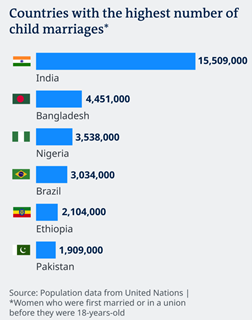
| Other Key Facts Related to UNICEF Report |
|
What are the Reasons Behind Its Prevalence?
- Economic Pressure: Families facing financial hardships may view marrying off their daughters as a way to alleviate their economic burden.
- This practice can sometimes be seen as a means to secure financial support through dowries or to reduce the number of mouths to feed.
- Cultural Beliefs: In some cultures, marrying girls at a young age is believed to “protect” their sexuality and uphold family honour.
- Social Expectations: In communities where child marriage is common, families often feel compelled to conform to social norms.
- Families often face pressure to get their daughters married off early. Otherwise, they risk social ridicule and shame.
- Safety from Violence: In situations of extreme poverty, abuse, or danger like rape, families see child marriage as a way to “secure” their daughter’s future and protect her from potential threats in society.
- Inequality: Child marriage reflects deep-rooted gender discrimination. The families prioritise early marriage over education and opportunities for girls.
- Weak Enforcement: Registration processes may overlook age verification, allowing child marriages to occur without legal repercussions.
What are its Impacts?
- Burden of Heteronormativity: Children are pressured to conform to heterosexual marriage norms, which restrict their personal and sexual autonomy.
- Health Issues
- Stunted Growth: Children born to adolescent mothers are more likely to experience stunted growth. According to NFHS-5, the prevalence of stunting was 35.5% in 2019-21.
- Premature Pregnancy: Young brides often lack knowledge about contraception and face barriers to reproductive health services, leading to early and frequent pregnancies.
- Maternal Mortality: Girls under 15 are five times more likely to die during childbirth or pregnancy. Pregnancy-related complications are a leading cause of death for girls aged 15 to 19.
- Infant Mortality: Babies born to mothers under 20 have nearly 75% higher mortality rates compared to those born to older mothers. They are also more likely to be born prematurely or with low birth weight.
- Mental Health Issues: Experiences of abuse and violence can lead to serious mental health conditions such as PTSD and depression.
- Increased Risk of STIs: Young girls are at a higher risk for sexually transmitted infections due to limited access to reproductive education and healthcare, along with power imbalances in relationships.
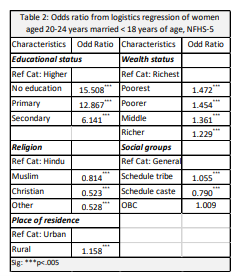
- Education Disruption: Child brides are often forced out of school, resulting in lower literacy rates for themselves and their children.
- Economic Impact: Child marriage perpetuates poverty by limiting educational and job opportunities for both girls and boys.
- Early marriages lead to larger families and increased economic strain on households.
- Early Widowhood: In societies where child marriage is prevalent, it is common to find widows under the age of 18, further complicating their social and economic situations.
- Example: Girls in the tribal communities of Pardhis, Bhils and Thakars residing in and around the districts of Pune, Ahmednagar, Aurangabad and Amravati are facing high divorce rate, according to a report by Child Rights and You (CRY).
Steps Taken To Combat Child Marriage In India
| Category | Measures |
| Historical Efforts |
|
| Legislative Steps |
|
| Government Policies and Schemes |
|
Way Forward
- Empowering Girls and Building Infrastructure: The solution to child marriage lies in empowering girls through education and economic opportunities, alongside creating proper public infrastructure.
- Strengthening Child Protection Mechanisms: Ensuring that Child Protection Committees and Child Marriage Prohibition Officers are effectively performing their duties is crucial.
- Activating Community Support: Community support groups need to be mobilised to actively prevent child marriages.
- Education and Awareness: Local gram panchayat members should be educated to spread awareness, not only about the illegality of child marriage but also its adverse health effects on both the child and her future offspring.

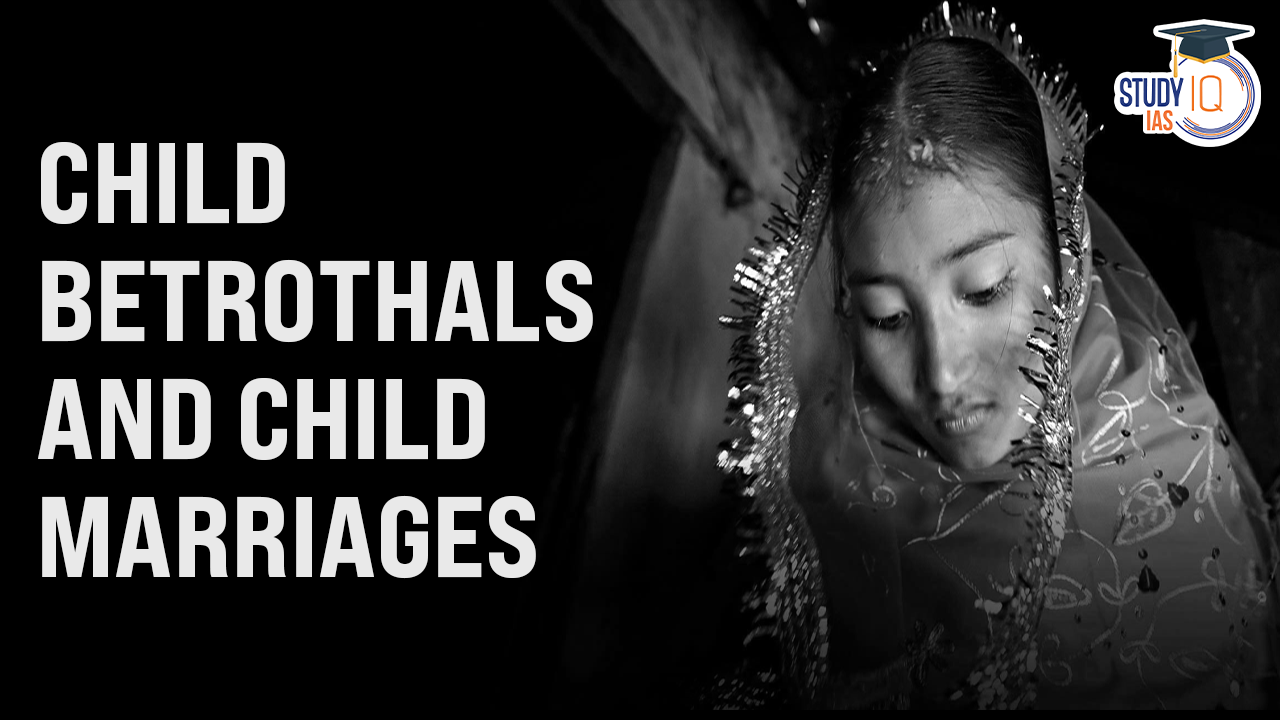
 Utkal Divas 2025: Odisha Foundation Day ...
Utkal Divas 2025: Odisha Foundation Day ...
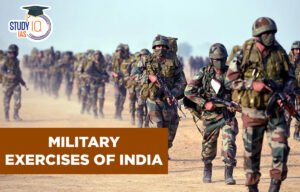 List of Military Exercises of India 2024...
List of Military Exercises of India 2024...
 GPS Spoofing and Its Impact in India: A ...
GPS Spoofing and Its Impact in India: A ...

